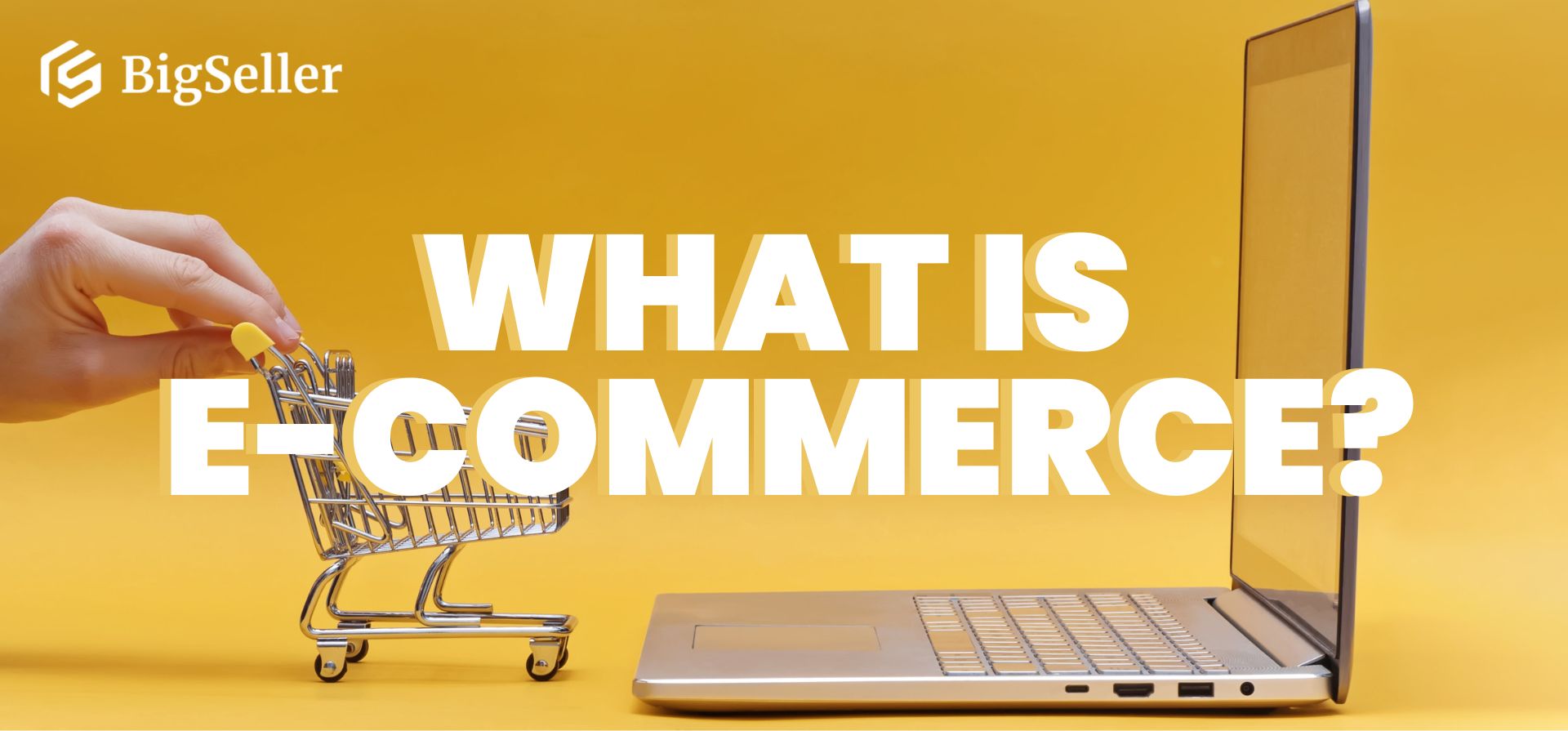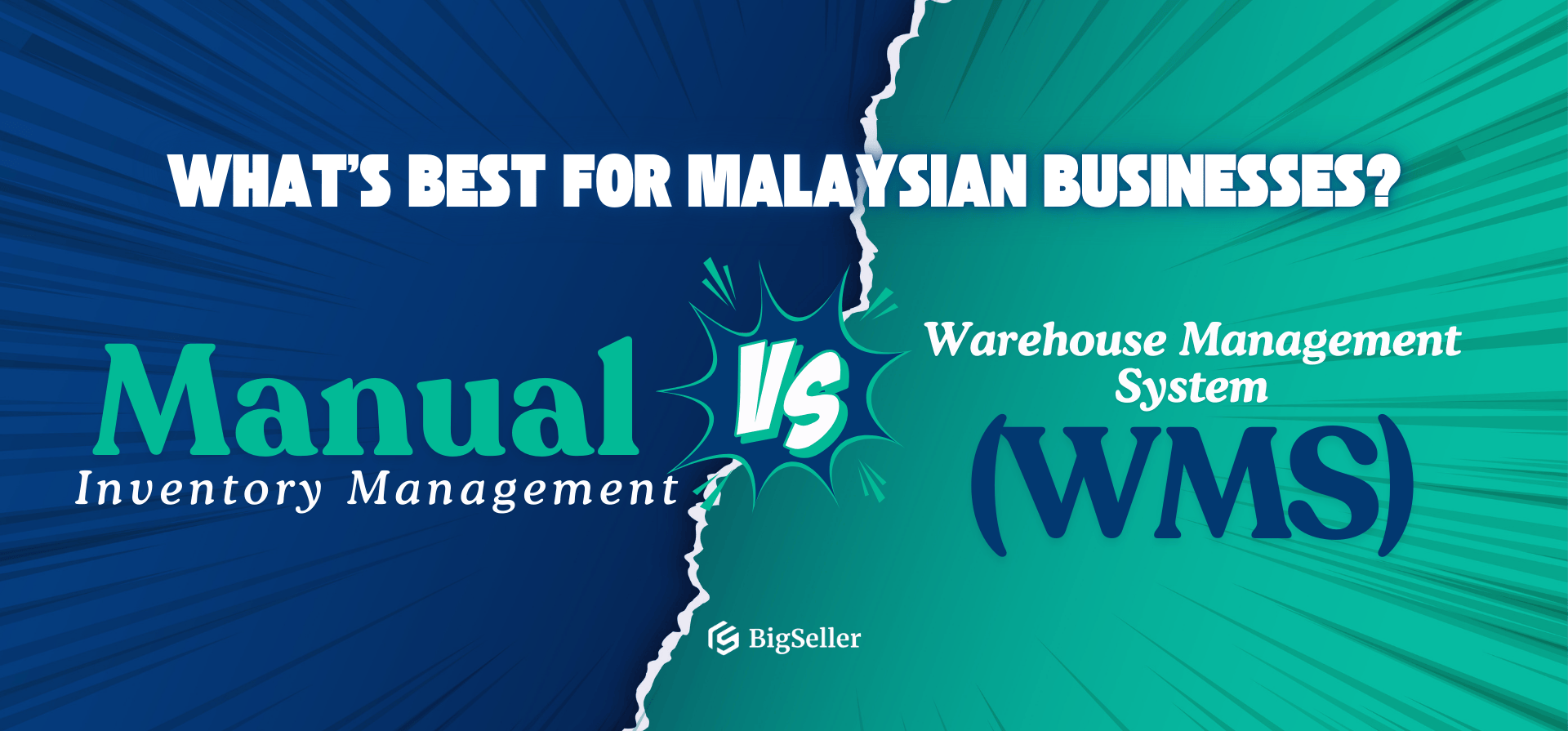How to Avoid Overpricing & Underselling Your Products
Juliah 19 Feb 2025 05:35EN
Pricing your products correctly is crucial for business success. Overpricing can drive potential customers away, while underselling can lead to losses and devalue your brand. Striking the right balances ensure profitability and competitiveness. In this guide, we'll explore practical strategies to avoid pricing mistakes and how BigSeller can help you optimize your pricing strategy.


1. Understand Your Costs
To price your products correctly, you must know all the costs involved. Aside from the obvious product cost, there are hidden expenses that many sellers overlook:
- Fixed Costs: Rent, utilities, software subscriptions, and insurance.
- Variable Costs: Packaging, commission fees from marketplaces, and payment processing fees.
- Marketing Costs: Advertising spend (PPC, social media ads), influencer partnerships, and promotional campaigns.
How BigSeller Helps:
BigSeller's cost analysis tool aggregates all costs associated with selling your product in one place. It calculates a recommended base price that ensures you at least break even, giving you a better baseline for your profit margins.
2. Analyze Market Trends
Pricing is not static. Changes in competitor pricing and consumer demand can dramatically impact your sales. Keep a finger on the pulse of:
- Competitor Adjustments: Price changes or discounts run by your competitors.
- Seasonal Demand: For example, holiday shopping trends or sales events like 11.11 and 12.12 sales.
- Emerging Trends: Identify trending products or seasonal categories that could affect your product's perceived value.
BigSeller Features:
BigSeller's competitor price tracking monitors similar products across Shopee, Lazada, and TikTok Shop. You'll get alerts on price drops or increases, enabling you to make quick adjustments and stay competitive.
3. Determine Your Profit Margins
Pricing based on cost-plus markup is one of the most commonly used methods. However, consider:
- Dynamic Margins: If demand is high or stock is limited, consider a higher margin.
- Tiered Pricing: For bundled or bulk purchases, apply discounts to encourage higher order volumes.
BigSeller Advantage:
With BigSeller's automated pricing tool, you can calculate and apply custom markups across different products or categories. You can also set minimum and maximum thresholds to prevent accident losses or overpricing.
4. Avoid Psychological Pricing Pitfalls
Psychological pricing can be effective, but there are nuances to consider:
- Charm Pricing: Ending prices with .99 or .95 can create a perception of better value.
- Perceived Discounts: Show original prices alongside new discounted prices to create a sense of urgency.
- Avoid Extreme Discounts: Large discounts that seem too good to be true may deter trust from buyers.
BigSeller Usage:
With BigSeller, you can run pricing experiments and easily display discount percentages. The tool also tracks how discounts impact click-through rates and conversions, helping you fine-tune your pricing strategy.
5. Test & Optimize Pricing
A/B testing can help you identify the best price points. Test different price ranges over a set period to see which generates higher sales or profit margins:
- Option A: A slightly higher price point with free shipping.
- Option B: A lower price point but additional shipping fees.
- Analyze Impact: Compare the results to see which drives more purchases.
BigSeller Integration:
BigSeller’s price testing tool makes it easy to track price changes over time. You can run tests without impacting your overall product catalog or listings, ensuring smooth experimentation and accurate reporting.
6. Leverage Automation for Smart Pricing
Manual pricing adjustments are time-consuming and prone to human error. Automated dynamic pricing is essential in today’s fast-paced eCommerce environment:
- Price Match: Automatically adjust prices to remain competitive with similar listings.
- Demand-Based Adjustments: Lower prices during slow-moving periods or increase prices when stock is running low.
BigSeller’s Dynamic Pricing Tool:
BigSeller can automatically adjust prices based on competitor activity, stock levels, and consumer demand. This keeps you profitable while staying agile and competitive in fluctuating markets.
7. Monitor Customer Feedback
Customer feedback can provide valuable clues about how customers perceive your pricing. Common complaints or praises to watch for:
- “Price too high” or “Not worth it” comments: Indicates possible overpricing.
- Positive feedback about great deals: Suggests pricing is fair and attractive.
- Repeat customer behavior: If buyers return, it's often a sign that they feel your pricing is justified.
BigSeller Analytics:
BigSeller's dashboard consolidates customer feedback, reviews, and sales data. You can analyze trends in customer sentiment and adjust your pricing strategy to reflect buyer expectations.
Conclusion: Take Control of Your E-commerce Pricing
Achieving the right pricing balance is both an art and a science. By using data-driven strategies and powerful automation tools like BigSeller's:
- Maximize Profitability: Ensure every sale is profitable without deterring buyers.
- Stay Competitive: React to market shifts and competitor activity in real-time.
- Reduce Effort: Let automation handle tedious pricing adjustments so you can focus on growing your business.
Bigseller Help Center
The BigSeller Help Center provides users with essential support through guides, FAQs, and troubleshooting resources. It helps sellers navigate the platform, resolve issues, and optimize their operations. Additionally, it offers updates on new features and direct customer support for a seamless experience.


